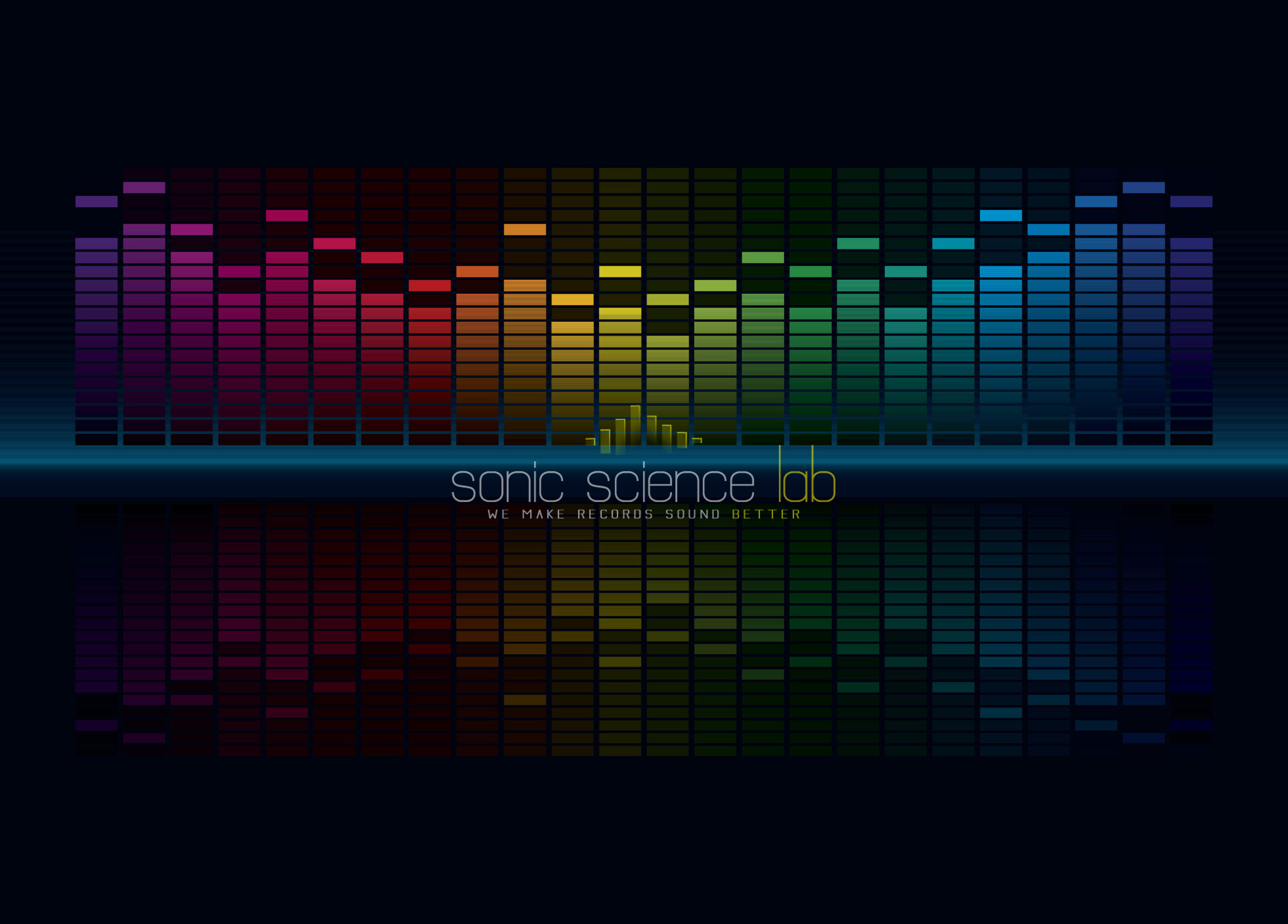

No, it’s not because of resonant peaks possible around cut-off frequency.
It’s because of Gibbs phenomenon, which we describe below. Hopefully in LT.
Briefly, each wave consists of its Fourier components- fundamental and related harmonics. Each harmonic is in phase relationship with any other, in particular the fundamental one.
This participates in constituting amplitude level of the entire wave. When harmonics is cut, for example by LPF in the most simple scenario, it affects the amplitude.
Why levels have chances to get higher then, when phase relations can virtually change amplitude toward lower values, you might ask.
In short. It’s just because fundamental has higher amplitude than the wave (it’s harmonics that decreases wave amplitude, what has quite meaning in mastering and broadcasting!). The perfect example is the square wave, that’s rich in harmonics. In wave like this, its fundamental is around 2dB higher in amplitude than the wave itself.
Also, filter type (minimum or linear phase) has also impact. Minimum phase filters change timing relationships between harmonics that left and fundamental. That changes the wave! And that affects levels even more!
Btw. This is one of linear phase filter advantages over the minimum phase one. Yet, it’s not a whole story of course, as there’s more to put into equation. You can read a little more about filters in our blog here.
As you can see, this is yet another thing in audio that’s pretty non-intuitive. The good news is that all knowledgeable mastering engineers are aware of things like this. And even more, they’re capable of making use of some phenomenons in order to effectively deal with peak levels and bring power of program (literally!) at the same time, with as least side effects as possible.
Oh, we also recommend to ask your mastering engineer to deliver lossy encoded files, whether it’s aac, mp3 or anything else. It will assure that encoded versions will commit to quality standards as well.



Please enter your name and email address below.
0